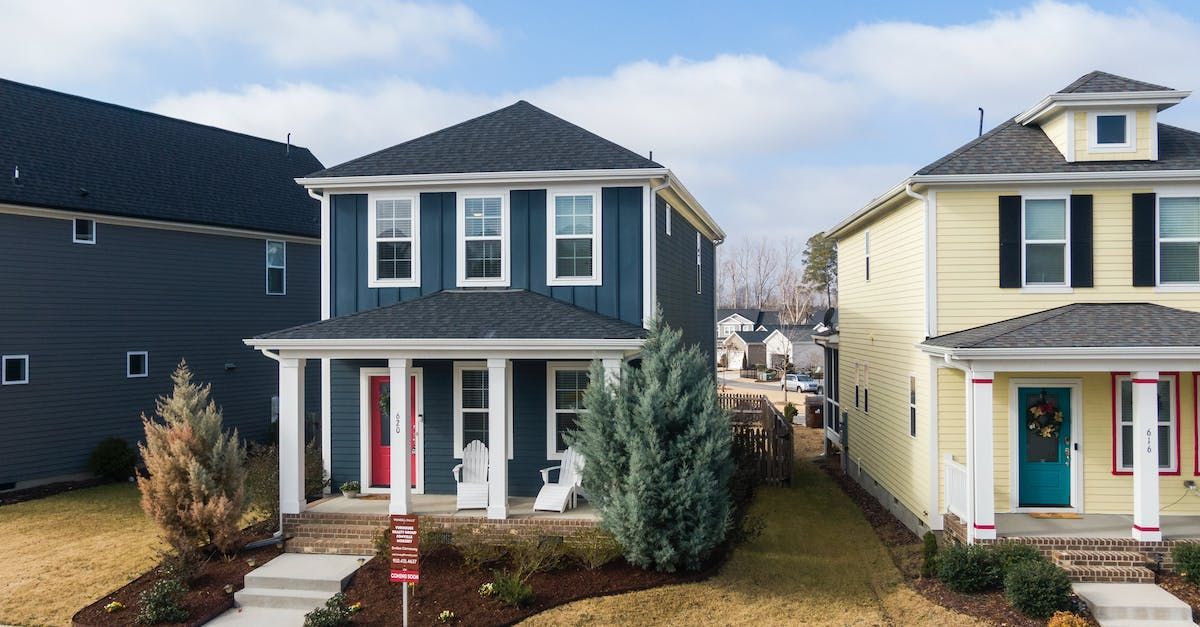Why does it take so long to get a Building Permit?
Design professionals, owners, developers, engineers, and building departments bear some responsibilities.

Buildings require a permit in order to be constructed.
For many years, owners, developers, design professionals and the building departments themselves have struggled with the amount of time required to review design construction documents that are the basis of the building permit. The smallest of jurisdictions review
thousands of applications for permits and are bombarded by construction projects of all types.
What are the reasons for the length of time required to obtain the permits?
The American Institute of Architects retained Price Waterhouse Coopers (PWC) in the 1990's to conduct a study of the impact of the amount of time and the reasons why it takes to obtain permits. Additionally, they analyzed the costs for those delays in getting the permits issued.
What they found then remains true today.
It seems that is plenty of responsibility to go around for the delays to all of the parties involved in the process. The simplest of projects, fences, equipment replacement and the like can be handles by "over-the-counter" applications. These types of permits are usually handled in a short period of time, but they do impact the staff issuing the permits, especially in small jurisdictions. Building permits take more time.
If it can be looked at as "blame" for the delays, there is plenty of it to go around. All states have laws that require design professionals (architects and engineers) to sign and seal drawings and specifications that are the basis of the applications. Many states have exceptions to what types of buildings have to be certified by the design professionals.
For instance, in Florida, an architect is not required to sign and seal single-family and two-family residential buildings and agriculture buildings. But an engineer is required to sign-off on the structural design of the buildings.
In many cases single-family residences are designed by drafting and design firms without a licensed architect on staff. Depending on their level of expertise, they may or may not be submitting the required information for the permit.
Design professionals, owners, and developers also bear some responsibilities.
State legislatures have established laws on who can design, thus certify by signing and sealing their construction documents, they are legally permitted to do so. Many inexperienced owners and developers try to save money by hiring the engineers and by-passing the architect. This can cause delays in moving the permit process forward.
Looking to Florida for an example, the state permits civil and structural engineers to design buildings that are "purely incidental" to their practice. The term "purely incidental" is not legally defined and in some cases, makes it difficult for building departments to
determine if the engineer is permitted to design the building. Additionally, professional engineering licensing laws in Florida do not identify by discipline, the seal of the engineer. In some cases, engineers who are not trained as civil or structural engineers submit for permits, thus causing the building department to spend time researching the engineer if not known to the department.
Building departments often are frustrated that applications submitted by engineers lack information required to grant a permit. The lack of information results in a "volleyball"effect of submission, review and comment, reply by the professional and repeat as many times as
necessary to issue the permit. The "volleyball" effect can take months, again causing the building department to impact the efficacy of their staff.
Architects and their engineering consultants are also a part of the issue. Many firms are well versed in providing the information required for a building permit application. Some are not.
Those who do not provide the information required by the building code initiate the "volleyball" effect that was discussed above. Depending on the size and complexity of the building, the delays can range from days to weeks to months.
In the thick of it all is the building department. Many building departments are enterprise funds, thus their funding comes exclusively from the permit applications and the costs of inspections. Many are understaffed due to the real estate market conditions of the community. If an understaffed department gets hit with a sudden burst of applications, it may take time away from reviewing the applications to hire and train new staff. In many cases building departments are staffed by individuals who have a minimum amount of education and training in the building code. On-the-job training takes time thus slowing the impact of getting permits issued quickly.
The PWC report identified all of the above conditions as the impacts of why it takes so long to get a permit. The cost could not be accurately estimated, but conservatively stated, the cost was in hundreds of millions of dollars.
- Owners and developers lose potential income from getting their buildings operational.
- Design professionals expend more time dealing with the "volleyball" effect, thus affecting their fees.
- Contractors and builders can be affected by price increases in the supplies, materials, and equipment they use to construct the
buildings. - And, the jurisdictions where the buildings are to be built lose tax revenue from time lost getting the buildings completed.
In the end, everyone involved in the construction process is negatively impacted by not getting permits quickly.
What are the solutions to building permit delays?
Owners and developers need to realize that depending on the size and complexity of their project, fees are required that are fair and equitable to the design professionals who design the buildings. Owners and developer should expect detailed fee proposals from their design professionals and a work plan of how they will accomplish the design as a basis for their fee. Architects and professional engineers are the only parties charged with meeting the requirements of the building code.
Architects and engineers need to know the building code and the requirements for producing construction documents that provide the plans examiners the required information to get the permits quickly. Plans examiners are not mind readers. They need the required information to understand the design and assure that it meets the requirements of the building code.
Building departments need to provide competent staff, capable of understanding that the building code is a minimum requirement for construction. Better education of the plans examiners and inspectors must be a continual element of the building department’s operations.
Communication is likely the most important aspect of EVERY construction project.
Detailed explanation of the owner or developer with their design team is at the forefront. If there is a potential for misunderstanding, communicate as soon as possible with the party who needs to know. Design professionals need to make the building department a part of the team when issues exist that might cause delays.
Early resolution may impact the staff at the building department initially, but the amount of time saved on the back side can be appreciable. Where possible builders need to be involved and working with the owner-developer and design teams as early as possible.
The traditional process of design | bid |build may have seen its day.
In many cases, this sets up an adversarial relationships between all of the parties.
It bears repeating: In the end - communication is the key. People need to communicate with each other, and documents need to communicate the intent in detail to expedite the permit process.
Read more about avoiding costly mistakes.
About the author: Greg Burke, FAIA, is a Florida-based architect with more than 40 years in the profession and the President of Gregory John Burke | ARCHITECT, PA. He is licensed to practice in eight states. Prior to starting his own practice, he worked in the three largest firms in the country and was a technical director in one. Burke teaches an AIA-approved 2-Hour Florida Advanced Building Code Course titled "Preparing CODE COMPLIANT Construction Documents" and is the author of continuing education courses on BIM Execution Plans, and Architect-Led Plan review and Inspection Services.











